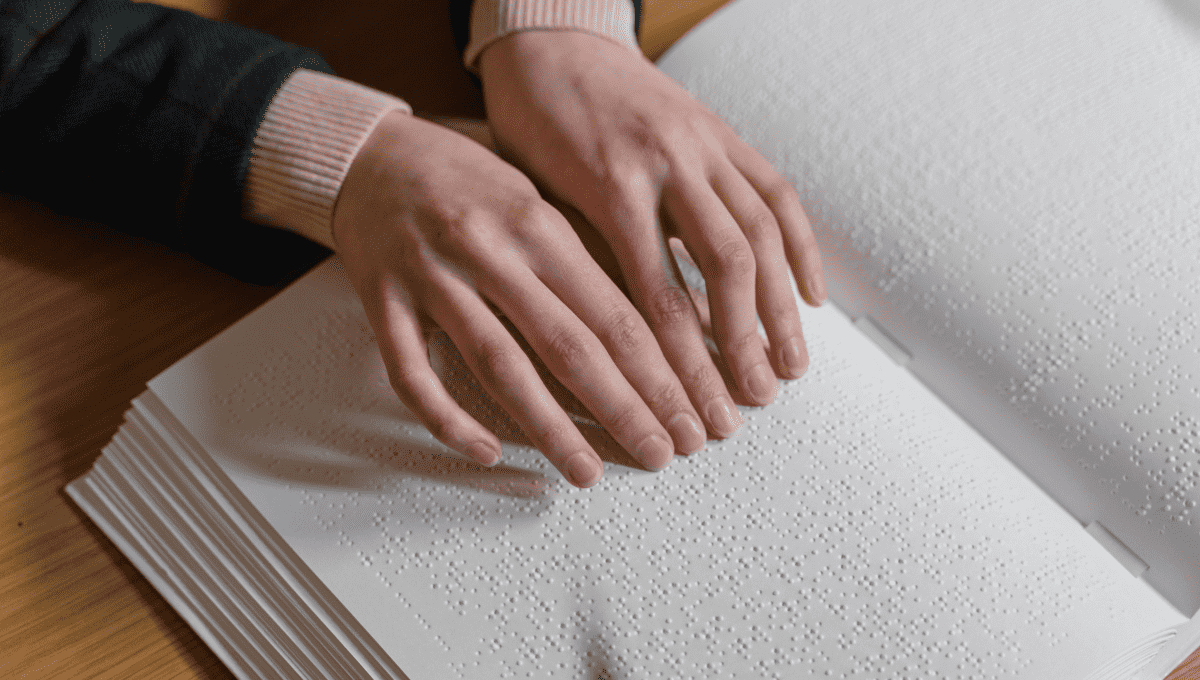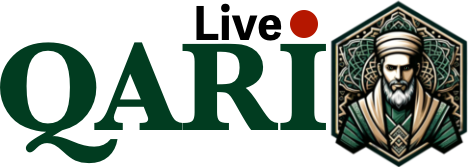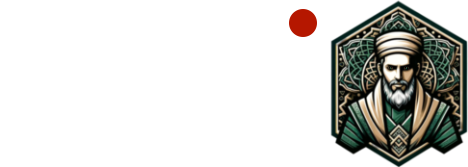
Introduction
Have you ever wondered how the visually impaired experience faith? The Quran, as the central religious text of Islam, is read and cherished by millions globally. But what about those who cannot see its words? Enter the Braille Quran.
The Birth of Louis Braille
He came into the world on 4 January 1809 in Coupvray, a town nestled in the heart of northern France.
The genius behind Braille: Louis Braille
Louis Braille, blind since childhood, invented the Braille system in the 19th century. It’s a series of raised dots that represent letters, numbers, and other characters. This genius invention opened doors, or pages, for millions to read and write.
Importance of Braille in modern society
Imagine a world where visual impairment becomes a barrier to knowledge. Unthinkable, right? Thanks to Braille, this is different. It stands as an emblem of inclusivity, ensuring everyone has access to information.
A Ray of Hope
The Quran with its profound teachings, wasn’t beyond the reach of Braille. And why should it be? After all, faith knows no boundaries.
The origin of Braille Quran
While the inception date of this Quran isn’t crystal clear, its significance is undeniable. Religious scholars and enthusiasts took the initiative to transcribe the Quran into Braille, bridging the gap between faith and the visually impaired.
Benefits for the visually impaired
- Spiritual connection
- Reading the Braille Quran offers visually impaired Muslims a direct link to their faith. It’s like having a personal conversation with the divine sans any mediators.
- Independence in religious practice
- Gone are the days when the visually impaired needed assistance to understand the Quran’s teachings. The Quran empowers them, granting autonomy in their spiritual journey.

How the Braille Quran is made
Transcription process
Bringing the Quran to Braille isn’t a mere copy-paste job. It’s a meticulous process, ensuring each verse, each word, resonates with its Arabic counterpart’s essence.
Physical characteristics
Ever felt Braille? It’s an array of raised dots, systematic and precise. The Quran, while mirroring regular Braille books, is unique in its reverence, resonating with the sanctity of its content.
Acceptance in Muslim communities
The Muslim world, vast and diverse, has embraced this Quran with open arms. It’s a testament to Islam’s core teaching: inclusivity and universal brotherhood.

Encouraging inclusivity in mosques
With Braille Qurans gracing mosques worldwide, it’s a nod towards a more inclusive religious environment. Visually impaired individuals no longer remain mere listeners; they’re active participants in the tapestry of faith.
Frequently Asked Questions (FAQ’s)
Who invented the Braille system?
Louis Braille, in the 19th century
How does the Braille Quran differ from the regular Quran?
Content-wise, they’re the same. The difference lies in the presentation, with this Quran using raised dots for the visually impaired.
Is the Braille Quran available in all mosques?
While many mosques globally have incorporated it, it’s essential to check with local mosques for availability.
Does the Braille Quran cover translations and interpretations?
Depending on the edition, some might include translations and tafsir (interpretation).
Why is the Braille Quran significant?
It ensures that the visually impaired can independently access and understand the Quran, fostering a personal spiritual connection.
Conclusion
The Braille Quran is more than a book; it’s hope, faith, and love encapsulated in raised dots. As society progresses, let’s remember to carry everyone along, ensuring spirituality is accessible to all, sighted or not. After all, isn’t true enlightenment seeing with the heart?
People’s Also Ask
Braille is a tactile writing system used by visually impaired people. It consists of patterns of raised dots arranged in cells. Each cell represents a letter, number, punctuation mark, or word in various languages. Readers touch these dots to read the content.



